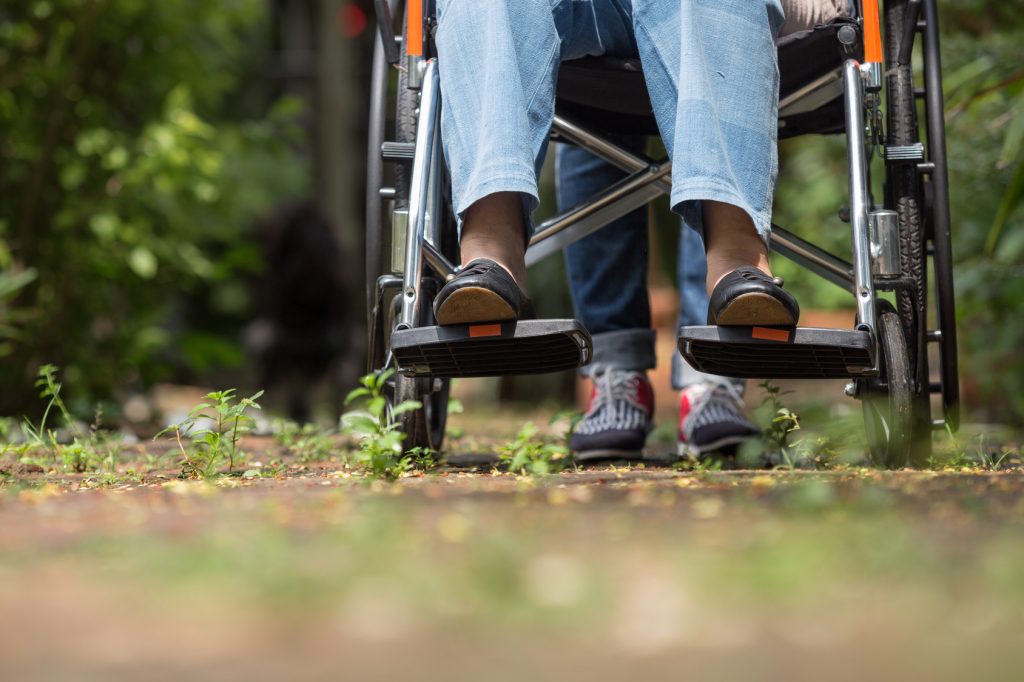public health
TagAmericans Increasingly Sedentary, Not More Active
Americans are often portrayed as being lazy, and a new study finds that they are living up to that stereotype, getting more sedentary over time.
Physicians Take a Stand Against Gun Violence
Three days before a physician became a victim of the 372nd mass shooting in the U.S. in 2018, the American College of Physicians updated its position on firearms.
Thriving as a Nurse in Underserved Communities
What’s it like working as a nurse in an underserved community? What skills and qualities should nurses have in order to succeed in this area?



